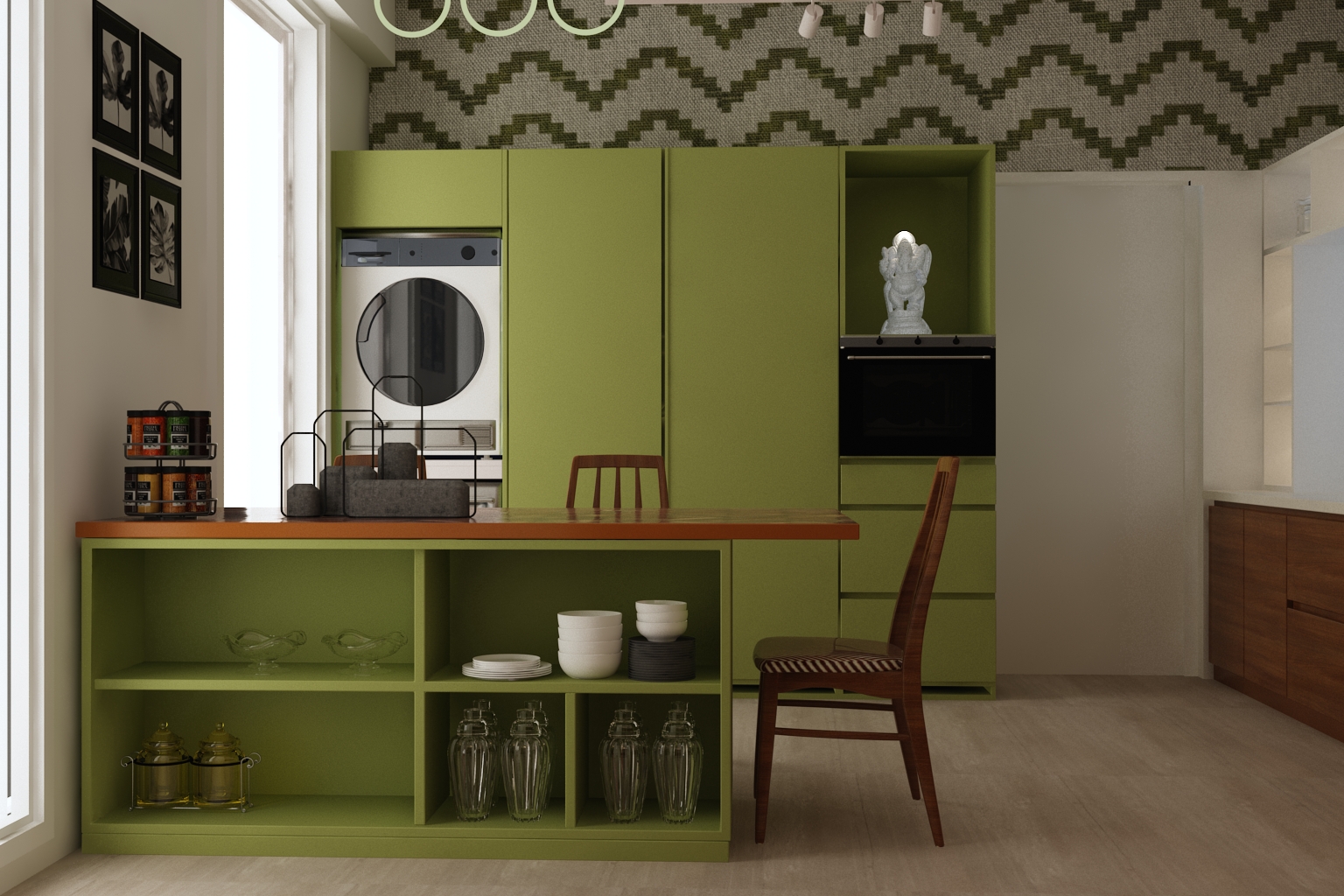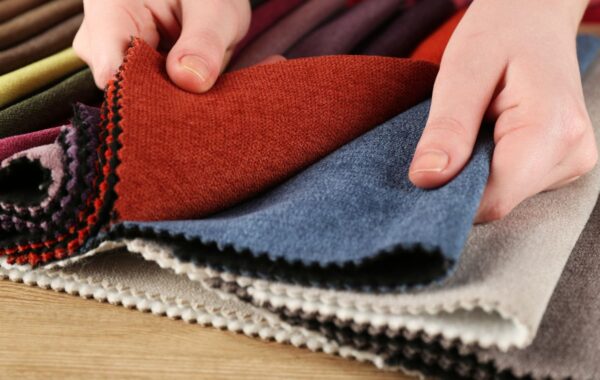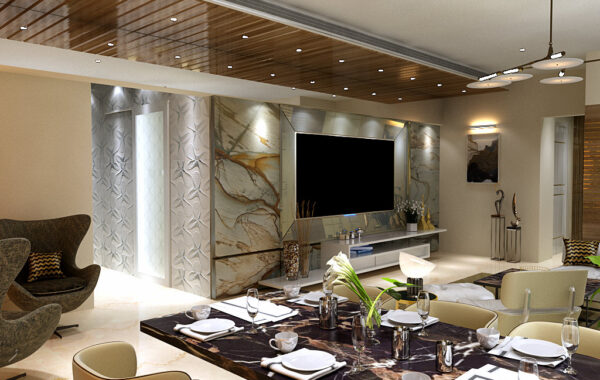There’s a quiet revolution happening in interiors. A shift away from overt ornamentation, visible mechanisms, and unnecessary detail. We’re entering the age of invisible hardware—a movement where function is integrated so seamlessly into form that it almost disappears. And paradoxically, it’s this disappearance that makes a space feel more luxurious, intelligent, and complete.
As a world-class interior designer and trend analyst, I’ve witnessed firsthand how the most forward-thinking homes aren’t just about visual beauty—they’re about spatial clarity and sensory ease. And nothing disrupts that more than clunky handles, exposed hinges, or fussy mechanical add-ons.
Today’s leading interiors are embracing hidden functionality, where drawers open without handles, doors glide silently along concealed tracks, and lighting, storage, and tech quietly support the space—never stealing attention from it.
Let’s explore why this design philosophy is on the rise, what it means for homeowners and designers, and how to execute it with elegance and precision.

🕶️ What Is Invisible Hardware?
Invisible hardware refers to design elements that operate without being seen. Think:
- Handleless cabinetry with push-to-open or recessed grip systems
- Concealed door hinges, flush trims, and frameless pivot doors
- Hidden lighting tracks, speakers, or tech panels integrated into surfaces
- Built-in appliances that disappear into millwork
- Magnetic latches, pocket doors, and sliding panels with minimal visual interruption
This trend leans on minimalist principles, but it’s not cold or sparse. Instead, it’s about refining the user experience—prioritizing flow, silence, and subtlety over spectacle.
📈 Why Invisible Hardware Is Trending Now
- Visual Clarity in Chaotic Times
Post-pandemic life has driven demand for homes that feel like sanctuaries—calm, clean, and intentional. Excess detail can feel overwhelming; clean lines soothe the brain.
Invisible hardware reduces visual clutter, allowing materials and form to shine. This creates interiors that feel lighter, more spacious, and emotionally balanced.
- Technology Has Evolved
Smart engineering and magnetic systems now allow doors and drawers to open effortlessly with the touch of a finger or a gentle press. We no longer need hardware to provide grip—we can rely on intuitive mechanics.
This tech allows designers to focus purely on form, proportion, and materiality, without being interrupted by visible components.
- Luxury Is Now Defined by Subtlety
In high-end interiors, restraint has become the ultimate status symbol. Rather than flashy finishes, luxury now lies in understatement: a seamless cabinet face, a whisper-quiet drawer, or a hidden passageway.
Invisible hardware communicates sophistication through precision, not excess.
🏡 Where to Use Invisible Hardware
Here’s where invisible elements can make the biggest difference in both aesthetics and experience:
Kitchens: Seamless, Not Sterile
Handleless kitchens used to feel clinical. Now, thanks to smarter systems and warm material palettes, they offer both function and visual ease.
Best features to include:
- Push-to-open cabinets and drawers with soft-close
- Integrated appliances with panel-ready fronts
- Pocket doors to hide coffee stations, mixers, or toasters
- Flush-mounted cooktops and downdraft vents
Pair these features with natural stone, wood veneers, or textured finishes for warmth and depth.
Bathrooms: Spa-Like Simplicity
Invisible hardware turns a bathroom into a tranquil, functional retreat.
Design elements to consider:
- Mirror cabinets with touch-latch doors
- Floating vanities with recessed pulls
- Wall-flush doors for linen closets or hidden toilet areas
- Magnetic towel bars concealed within cabinetry
The result is a bathroom that feels more like a spa—calm, uncluttered, and easy to navigate.
Living & Storage Spaces: Function Disguised as Form
In multifunctional rooms, invisible hardware helps maintain visual peace while offering plenty of utility.
- Wall panels that open to reveal media centers or bookcases
- Flush baseboards that hide power access points or ambient lighting
- Sliding doors concealed behind wall cladding
- Floating shelves with hidden mounting systems for clean lines
It’s these invisible choices that allow a room to feel elegant without showing its complexity.
🧠 Design Considerations for Going Invisible
✅ Choose Materials That Do the Talking
When you remove visible hardware, your material choices become even more important. Go for rich woods, textured laminates, or honed stone to add dimension.
✅ Prioritize Ergonomics
Invisible doesn’t mean impractical. Recessed pulls should be comfortable. Push-to-open drawers should glide easily. Think tactile, not just visual.
✅ Don’t Overdo It
Not every room or drawer needs to be handleless. Use a mix—let some functional elements show where needed. The goal is balance, not gimmickry.
✅ Invest in Quality
Cheap invisible systems often fail quickly. Invest in well-engineered hinges, tracks, and hardware—this is what separates sleek from sloppy.
✨ Final Thought: Minimalism Meets Mastery
Invisible hardware isn’t just a trend—it’s a design philosophy. It’s about trusting the space to speak for itself. It’s about subtracting until only purpose remains. It’s about creating interiors that support your lifestyle quietly, intuitively, and beautifully.
The true magic of invisible design is that you don’t notice it at all—but you feel its presence in how seamless, effortless, and peaceful the space becomes.
In the words of renowned architect Ludwig Mies van der Rohe:
“God is in the details.”
In this case, the best details are the ones you don’t even see.


